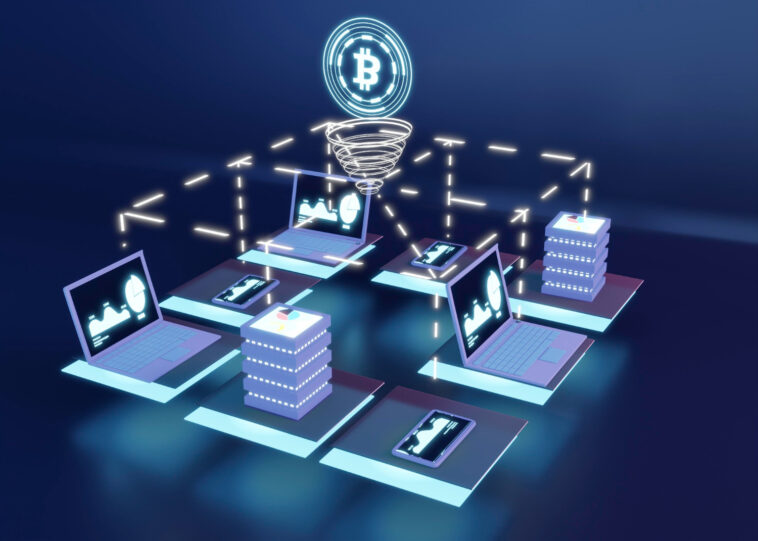Introduction: Embarking on the Decentralized Journey
Imagine a financial landscape where intermediaries become obsolete, where the common man regains control over their financial assets, and where inclusivity isn’t just a buzzword, but a reality. Welcome to the world of Decentralized Finance (DeFi). Let’s unravel this revolution together, shall we?
1. What Is Decentralized Finance?
At its core, DeFi is a movement that aims to create an open-source, permissionless, and transparent financial service ecosystem. It operates without intermediaries, leveraging blockchain technology to deliver financial instruments and services. In simpler terms, it’s like having a bank in your pocket, minus the bank!
2. The Pillars of DeFi
DeFi isn’t built on just one principle, but a combination of foundational pillars:
- Accessibility: Ensuring financial services for all, irrespective of geography.
- Censorship-resistance: A system that’s immune to external influences or controls.
- Transparency: Open-source protocols that are verifiable and auditable by anyone.
3. DeFi Products Taking the Center Stage
The DeFi space is brimming with innovation, with products designed to cater to a myriad of financial needs:
- Lending and Borrowing Platforms: Platforms like Aave and Compound allow users to earn interest or take loans.
- Stablecoins: Cryptocurrencies pegged to stable assets, like the US dollar. DAI and USDC are popular examples.
- Decentralized Exchanges (DEXs): Platforms like Uniswap or SushiSwap allow peer-to-peer trading without intermediaries.
- Derivatives: Platforms like Synthetix offer users exposure to real-world assets using crypto.
4. The Economic Power of DeFi
DeFi isn’t just a technological marvel; it’s an economic game-changer. With a current total value locked (TVL) of billions, DeFi platforms are democratizing finance, offering high yields, and enabling novel financial interactions.
5. The Risks in the Landscape
Despite its allure, the DeFi space isn’t without challenges:
- Smart Contract Vulnerabilities: If the code has bugs, funds can be at risk.
- Liquidity Concerns: Smaller DeFi projects can face liquidity crunches.
- Impermanent Loss: A unique risk for liquidity providers in DEXs where the value of deposited assets can change.
6. DeFi Governance: Power to the People
One pivotal aspect of DeFi is its governance model. Token-based governance ensures that the very users of the platform can propose, vote on changes, and steer the protocol’s direction. It’s democracy in action, ensuring alignment with users’ needs.
7. Interoperability: The Future of DeFi
For DeFi to truly unlock its potential, interoperability between various blockchains is crucial. Cross-chain solutions, bridges, and layer-2 solutions are paving the way for a more interconnected and efficient DeFi space.
8. The Regulatory Horizon
As DeFi grows, so does the attention from regulators. While DeFi thrives on decentralization, regulatory clarity can help in reducing scams, ensuring consumer protection, and providing a stable environment for growth.
9. Joining the DeFi Revolution
If you’re looking to join the DeFi wave, start with education. Understand the risks, delve deep into platform whitepapers, and always prioritize security. Remember, in a decentralized world, you’re in control, and with great power comes great responsibility.
Conclusion: A Financial Future Redefined
DeFi isn’t just another buzzword; it’s a movement set to redefine our financial systems. While still in its early stages, its promise of inclusivity, empowerment, and revolution is undeniable. As we stand on the cusp of this financial renaissance, one thing is clear: decentralized finance is here to stay, and it’s reshaping our world, one block(chain) at a time.



